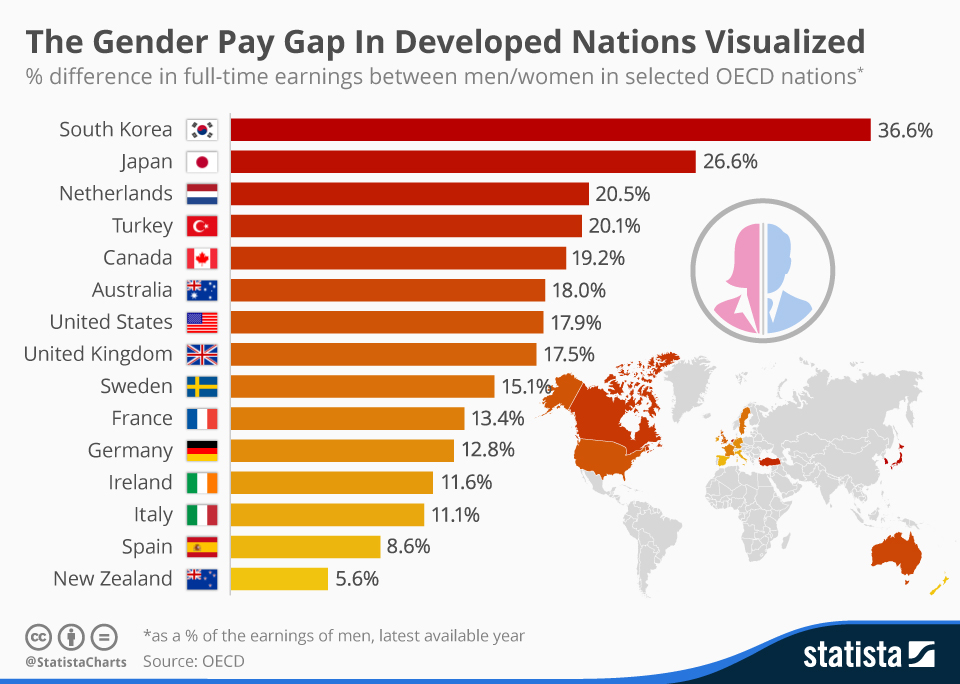How Women Got Crowded Out of the Computing Revolution
This article by Stephen Mihm for Bloomberg may be of interest to subscribers. Here is a section:
For example, a female editor at Datamation, a computer magazine, noted that personnel managers in 1963 believed that “women have greater patience than men and are better at details, two prerequisites for the allegedly successful programmer.” Better yet, this article claimed, “women are less aggressive and more content in one position.” At the time, turnover among programmers averaged 20 percent a year, so the idea of a compliant force of female programmers seemed like a winning solution to staffing problems.
Even Helen Gurley Brown’s Cosmopolitan endorsed programming as a career. In 1968, it published “The Computer Girls,” an article that hailed computers as an area where “sex discrimination in hiring” didn’t happen because employers actually preferred women. “Every company that makes or uses computers hires women to program them,” the magazine declared, though it quickly reverted to form, telling readers that female programmers found it easy to get dates because the field was “overrun with males.”
In fact, men had begun to recognize that programming was the most important job in the new information economy. In order to elevate the importance of their work, the first generation of male programmers began crafting a professional identity that effectively excluded women. As historian Nathan Ensmenger has observed, “computer programming was gradually and deliberately transformed into a high-status, scientific, and masculine discipline.”
The ignominious history of gender pay gaps is apparently not something that is going to go away on its own. What is particularly interesting is that when we look at international figures countries which have generally been known for machismo like Italy and Spain have narrower gaps than the USA, UK or Australia. Meanwhile New Zealand has the narrowest gap while Asia has a long way to go in gender equality.

The question is whether the increasingly impressive academic achievement of women (achieving more PhDs that men particularly in health sciences) and the social conditioning that appears to be contributing to their willingness to accept lower pay is contributing to the slow pace of wage growth.


